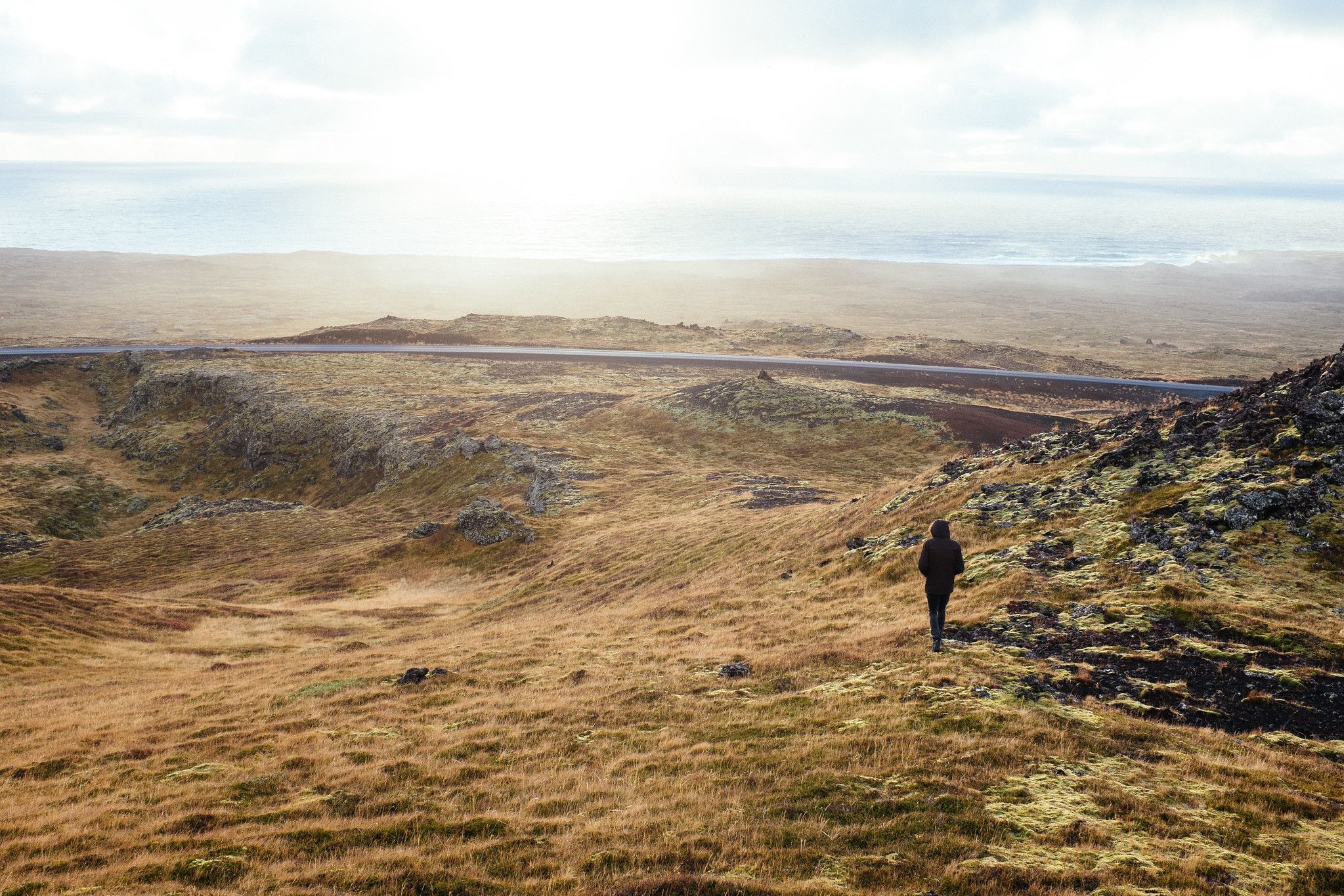The Little One
February 24, 2016 Camera Serendipity
I bought Fujifilm’s X100T about a year ago. It’s a delightful little machine, but since I don’t usually do technology reviews, it never occurred to me to write about it.
Then, a few days ago, I heard a remark that took me by surprise and made me change my mind. This camera has changed the way I take photos. Not because it is a technological miracle (it is) but because of what it allows me to do. First of all, the camera is impossibly small — especially compared to the DSLR I used to lug around. I loved my trusty Nikon camera, but it often wasn’t just too clunky to bring with me, it also offered too many options: Once you bring that camera, you start thinking about lenses, filters, a flash.
During our trip to Japan, shouldering my backpack full of clothes and the Nikon often felt like carrying a bag of bricks. The Fuji, just like the phone in my pocket, accompanies me in my daypack or even squeezes into a coat pocket. It’s there, whenever the iPhone falls short: under difficult lighting conditions, at night, or when it comes to fast-moving subjects.
Think about it: During a Northern European winter, we spend half of the day in darkness and can hardly take photos with our phones. The Fuji handles it like a champ, all the while being unobtrusive and just as silent as the phone.
Confront it with those brilliant moments of light and silhouettes — chances are it will do just fine.
I have called it a technological miracle above, and that is mainly because the small camera has such stunning picture quality. The photos are huge, can easily be printed, and they are sharp, sharper than anything I’ve ever seen. Hold this camera up against the sunlight, confront it with those brilliant moments of light and silhouettes, and chances are it will do just fine.
Back in November, me and my friends climbed a hill in Iceland and peered down: Below us, there was the icy meadow, gently sloping towards the sea, where the sun was setting on one of those impossibly long Icelandic sunsets. The Fuji captured it all, the entire range of colors and light, in brilliant detail.
 Iceland
Iceland
I could go on about this endlessly, about how this camera captures individual raindrops and produces the most pleasing colors. But that’s not the point: Its impressive technical capabilities really just help me do what I want a camera to do: To allow me to take the shots I have imagined, to freeze my viewpoint as accurately as possible.
And that is where we get to the core of what makes it great: It’s capabilities fit to my approach to photography. I am not a studio photographer, only use the flash when I have to, and generally prefer available light. This camera is made for that approach, a camera you can carry around all day without noticing, then whip it out of your pocket to get that one shot you want, the one situation you have identified.
A while ago, I wrote the following introduction for my photo portfolio:
Photography is about light: the way it falls into a room, bounces off surfaces and illuminates people. Natural light is the most beautiful, especially because it changes over the course of the day, starting out soft in the mornings, turning brighter and harsher at midday, only to vanish with long shadows and the blue hour. In my pictures, I work mostly with natural light. That means I try to capture the different kinds of light as they happen. My favorite kinds of pictures result from happenstance, they are something I see occur naturally and that I capture with the camera. That means that I prefer serendipity over static or posed images. The best motifs come about when there is something happening, when I can snap a real-life event. On assignment, I try to create the conditions in which people feel relaxed and at ease, I want to set the stage for something to happen that usually doesn’t when there is a camera around.
When I bought the Fuji, I knew it was going to be a good camera. My experiences have confirmed it. But what I never expected was how well people would react to it: Not only is it the first piece of technology I have ever been complimented for, its small size and unobtrusiveness has a much more important benefit: People underestimate it, they think it’s an analogue camera from the 1970s, or a toy rather than a professional tool. The big DSLR is what people expect from a photographer, an iconic black box hanging from their neck.
“It isn’t intimidating.“
The X100T quietly accomplishes the same thing, without looking the part. “It isn’t intimidating”, somebody remarked when I took their portrait during my current assignment in Sweden. And while the camera may be small, that is huge.